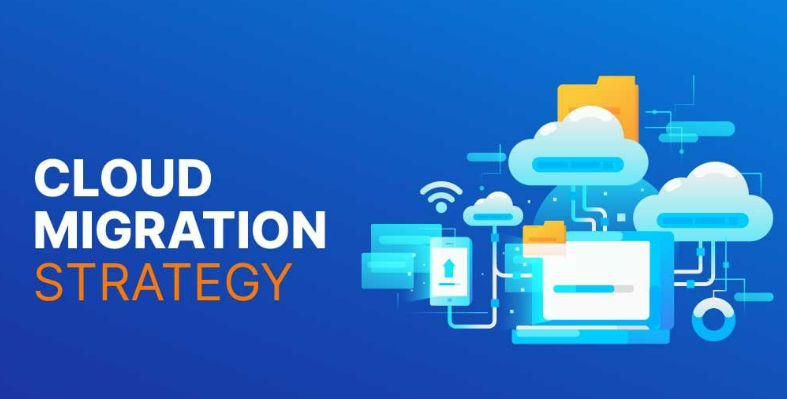Cloud migration means moving your business operations to the cloud. Much like a physical relocation, it involves moving data, applications, and IT processes from data centers. Most of the time, cloud migration is defined as the shift from legacy infrastructure to the cloud.
Businesses decide to make this shift mainly to stay dynamic and constantly innovative. Legacy infrastructure is the hardware and software that is outdated but is still in use. If a business is running on a legacy system, there is the constant stress of falling behind the competition and a greater risk of a security breach.
What Is the Need for Cloud Migration?
Cloud computing has now evolved to become a corporate need, regardless of the firm’s size or the scope of work they do. It enables cost savings, agility, and reliable IT resources. Companies can depend on the scalability of cloud storage to add storage as and when they need it, which increases their agility and lowers their total cost of ownership. They don’t have to worry about the maintenance of their private data centers that store information.
Some benefits of cloud migration include:
• Elastic scaling
• Enabling digital transformation
• High availability and reliability
• Faster Deployment
• Enhanced security
• Better cost management
Conclusion
While moving to the cloud might seem like a difficult task, utilizing a practical application migration checklist would drastically ease the whole process. Once you have the checklist in place, you’d simply need to follow the list and easily get all your workload and data transferred to the cloud. Understanding what you need for your business from the cloud and determining the ideal cloud platform partner is the most crucial component of all.

